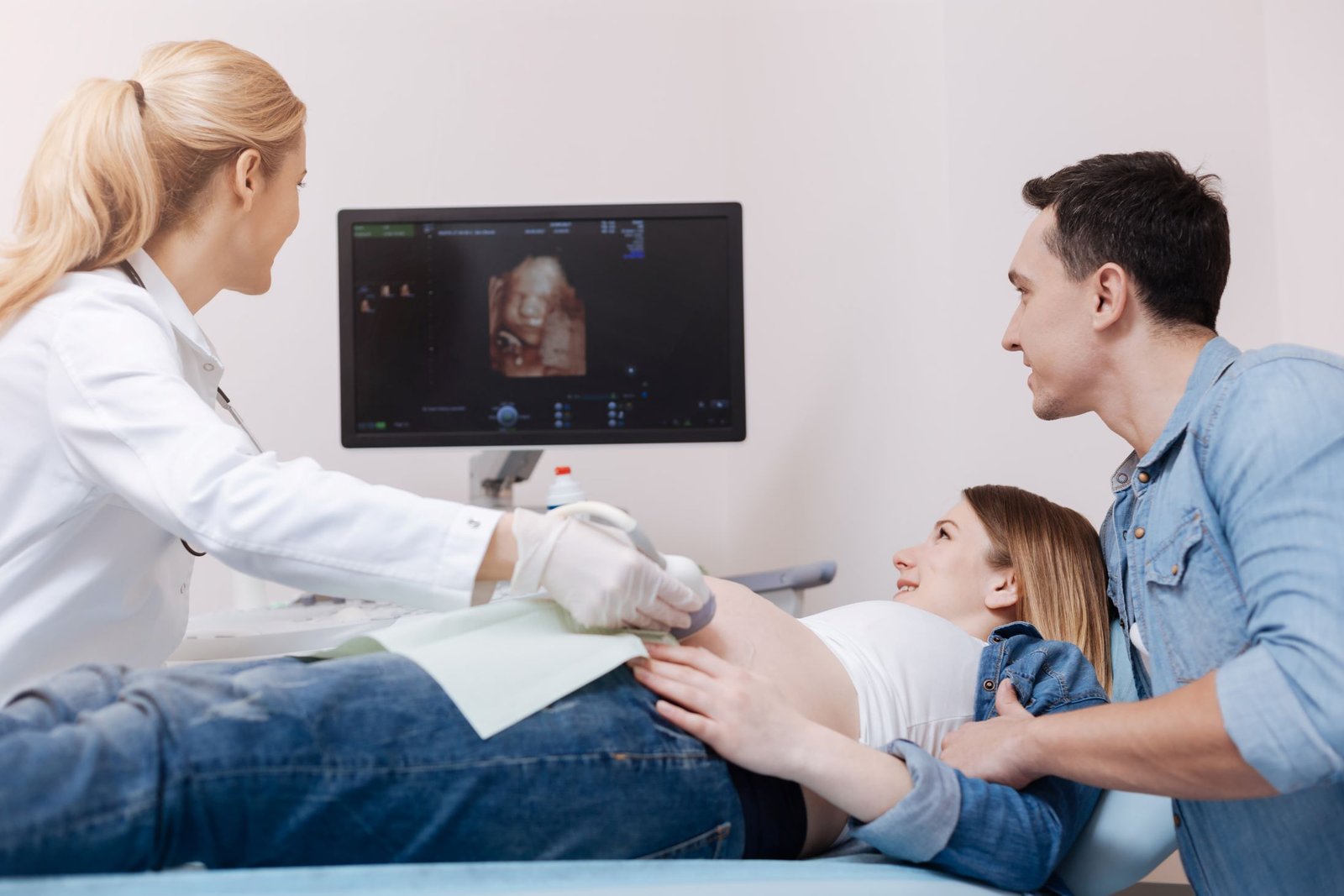-
Welcome To Sattva Hospital
-
Mon - Sat : 10:30 am to 8:30 pm
Welcome To Sattva Hospital
Mon - Sat : 10:30 am to 8:30 pm

PCOS or Polycystic Ovarian Syndrome is commonly seen in women in the childbearing age group( 15 - 30 years). It can affect 6-18% of adolescent girls and approximately 8-13% of young women worldwide. PCOS in India is widely present based on vast diversity and socioeconomic conditions. It can range anywhere from 3.7% to 22.5%. Clinical presentation, laboratory evaluation, diagnostic criteria, and treatment of PCOS differ between adolescent girls and adult women. Adolescent girls (10 to19 years) pose a challenging situation due to an overlap of normal pubertal development with adult diagnostic criteria. PCOS can influence reproductive health, metabolic health, cardiovascular health, and emotional well-being.
The implications of PCOS in adolescent girls can extend well into adulthood. They can lead to long-term complications, such as hypertension, Type 2 diabetes mellitus, infertility, diabetes during pregnancy, premature labor, recurrent miscarriages, cancer of the endometrium (the lining of the uterus) and psychosocial issues of poor self-esteem, body image issues, depression, anxiety and eating disorders
Early identification is possible in adolescent girls with periodic growth monitoring (weight, height and BMI after five years of age), use of growth charts for understanding change in BMI, and an understanding of red flag signs of BMI values, irregularities in menstrual cycles and unusual body hair patterns with or without severe acne. Lifestyle modification plays an important role besides other individually tailored treatment modalities. These adolescent girls may undergo a revisit of diagnosis at a later age, nearly eight years after the onset of menstrual cycles, to understand its implications in adulthood.